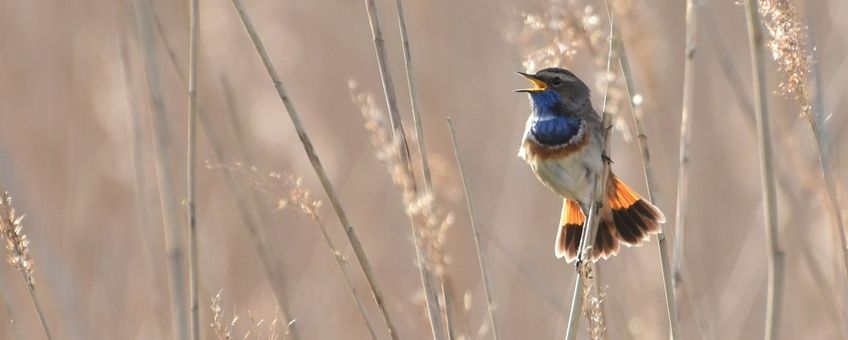
Bioacoustic AI to make sense of animal sounds
Naturalis Biodiversity CenterArtificial intelligence (AI) has already revolutionised the analysis of human speech, and will soon do the same for animal sounds. A new project called Bioacoustic AI will investigate this hot topic for the sounds of birds, bats, mammals, and insects, and will also investigate how new machine learning techniques can revolutionise our understanding of these animals.
Wealth of detail
The EU-funded project is led by AI researcher Dan Stowell from Naturalis Biodiversity Center, the Dutch national research institute for biodiversity. Stowell: "Sound recording is cheap and convenient, and animal songs and calls contain a fascinating wealth of detail. Yet modern AI tools for speech transcription are only specialised for one species: humans. In this project we will find out how to adapt machine learning methods to uncover the details of animal populations and behaviours, through their songs and calls."

Animal behaviour
The Doctoral Network includes a large consortium of universities, museums, and businesses across eight European countries, and brings together expertise from many domains that do not often come together: ecology, animal behaviour, signal processing, and machine learning. This way, the project will be able to find ways of analysing animal sounds that were not possible with more traditional methods. The team will do so through the work of ten PhD students. The analysis will be piloted in national wildlife monitoring projects, as well as new prototypes for AI powered devices.
Overall, the team aims to discover new data-driven insights into animal behaviour and the stability of our treasured wildlife populations. In other words, to create a new channel for us to listen to the voice of nature.
More information
- To find out more about Bioacoustic AI, or to apply for the ten PhD positions, go to Bioacousticai.eu
Text: Dan Stowell, Naturalis Biodiversity Center
Photos: Daniel de Jong (lead photo: bluethroat); Getty Images
